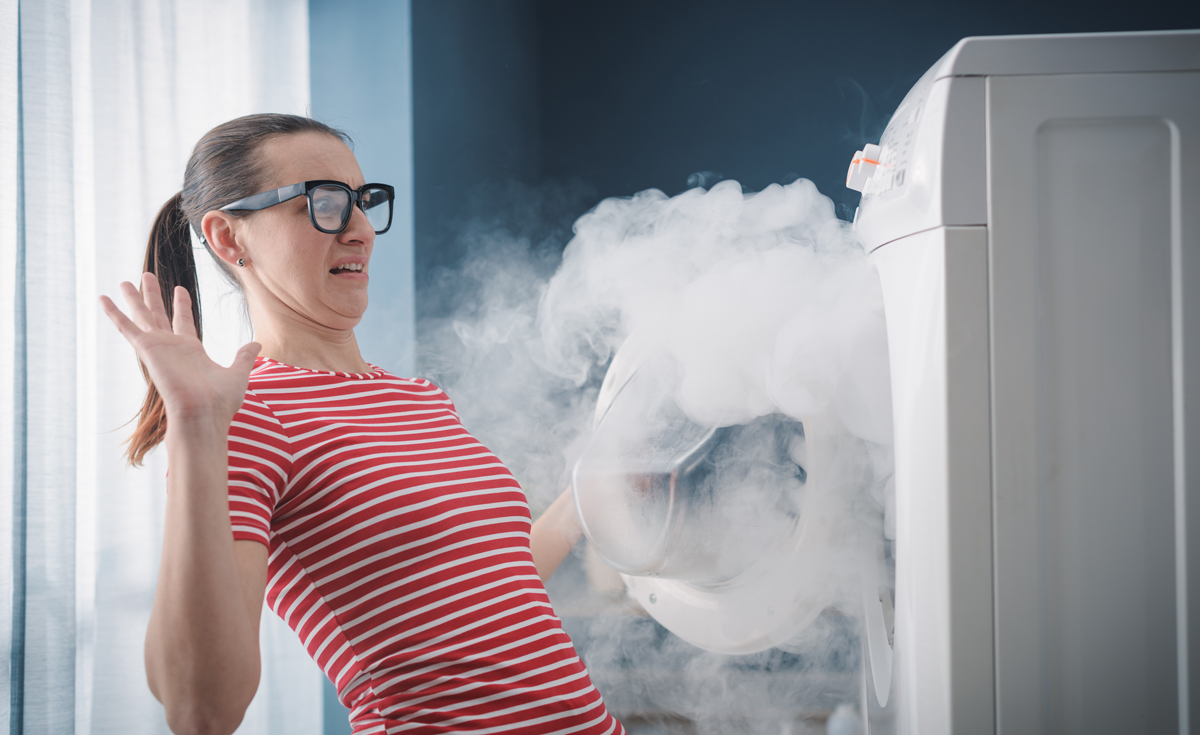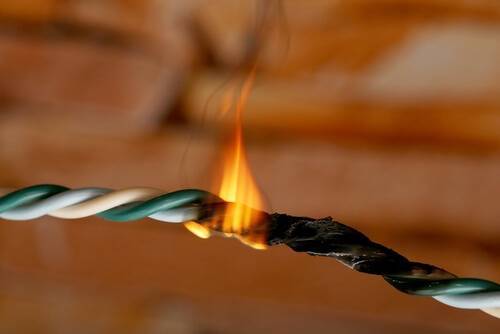What is a Product Liability Case?


As consumers, most people are constantly using various products to accomplish everyday responsibilities. For example, most people drive a car to work every day. Inside these vehicles are products such as airbags, which can malfunction and cause injury to a person.
When persons get to work, many sit behind a laptop or computer, which are powered by electronics or batteries that can ignite if not properly designed. Although it may not be obvious, majority of people are surrounded by potentially dangerous products on a day-to-day basis.
When a person is injured by such products, or any other kind of product, the manufacturer can be held responsible for that individual’s injuries and harm. If the consumer chooses to file a lawsuit against the manufacturer, this type of case is known as a product liability case.
How Do Product Liability Cases Work?
Not every injury a person suffers as a result of utilizing a product will result in monetary compensation. For a person to win a product liability case, they must be able to display that the manufacturer was negligent in some form. Because manufacturers are responsible for releasing safe products into the market, dangerous or ill-constructed products are unacceptable.
However, to recover financial compensation for injuries, a consumer must be able to prove one of the following:
- The Manufacturer Created a Defective Product
- The Manufacturer Created a Dangerous Product
- The Manufacturer Did Not Include Suitable Warning
Prima Facie Case (for the commercial seller of the defective product)
For a commercial seller of a defective product to be held liable in a product liability case, they must first establish a prima facie case. This means that the seller must present evidence that shows that they sold the defective product with knowledge and awareness of any potential dangers associated with it. In other words, the commercial seller must have known or should have known about the defective product’s dangers before attempting to sell or distribute it.
What Types of Injuries Are Covered in Product Liability Cases?
Product liability cases can cover a wide variety of injuries and harm suffered by a person due to using a product. This could include physical injuries such as broken bones, burns, or other physical damages. It could also cover emotional trauma such as PTSD, depression, or anxiety from using the product. In some cases, the harm may have resulted in death, and in those instances the family of the decedent can file a wrongful death lawsuit against the manufacturer.
Types of Products Liability Claims
Product liability claims come in many forms, including design defects, manufacturing defects, failure to warn claims, and breach of warranty.
Design Defects: Design defect claims are based on the notion that the product was designed in such a way that it was unreasonably dangerous to use or operate. This could include defective car parts, medical devices, or toys.
Manufacturing Defects: Manufacturing defect claims are based on the idea that something went wrong during the manufacturing process of a product and it resulted in an unsafe product. This could include defective tires, faulty medication, or defective smoke detectors.
Failure to Warn Claims: Failure to warn claims are based on the notion that manufacturers failed to provide adequate warning about their products and thus consumers were unable to anticipate potential dangers. This could include failure to warn about potential hazards of a drug or warning labels on a product that are not clear enough.
Breach of Warranty: Breach of warranty claims are based on the idea that the manufacturer did not live up to its promises when it comes to the quality and safety of their products. This could include warranties on cars, electronics , and other products.
Strict Liability
Strict liability is a legal concept that holds manufacturers accountable for any injuries or harm caused by their products regardless of negligence. This means that a plaintiff does not need to prove that the manufacturer was negligent in order to recover compensation. This type of product liability case is meant to protect consumers from defective products and hold manufacturers responsible for any damages caused by their products. Strict liability applies both to cases of negligence and cases of strict liability.
Where Can I Find a List of Defective Products?
Where Can I Find a List of Defective Products? It is important to be aware of any potential defective products that may put you or your loved ones at risk. Fortunately, there are resources available to help you stay informed. The United States Consumer Product Safety Commission (CPSC) maintains an online database of recalled products and safety alerts. Additionally, the National Institute of Standards and Technology (NIST) also provides information on product recalls and safety alerts.
https://www.consumerfinance.gov/data-research/consumer-complaints/
Shook & Stone Is Ready to Fight for You
If you have sustained injuries due to a dangerous or defective product and believe a manufacturer should be held responsible, get in touch with our Las Vegas product liability lawyers at Shook & Stone right away. At our firm, we strive to pursue justice for every one of our clients. That is why we work hard to create efficient and effective defenses. We are dedicated to protecting the rights of those in need of serious and aggressive representation. Do not go another day without retaining the legal counsel you need.
Call our Las Vegas product liability attorneys at Shook & Stone, and we will provide you with a 100% risk-free consultation. We have been putting clients first since 1997!





